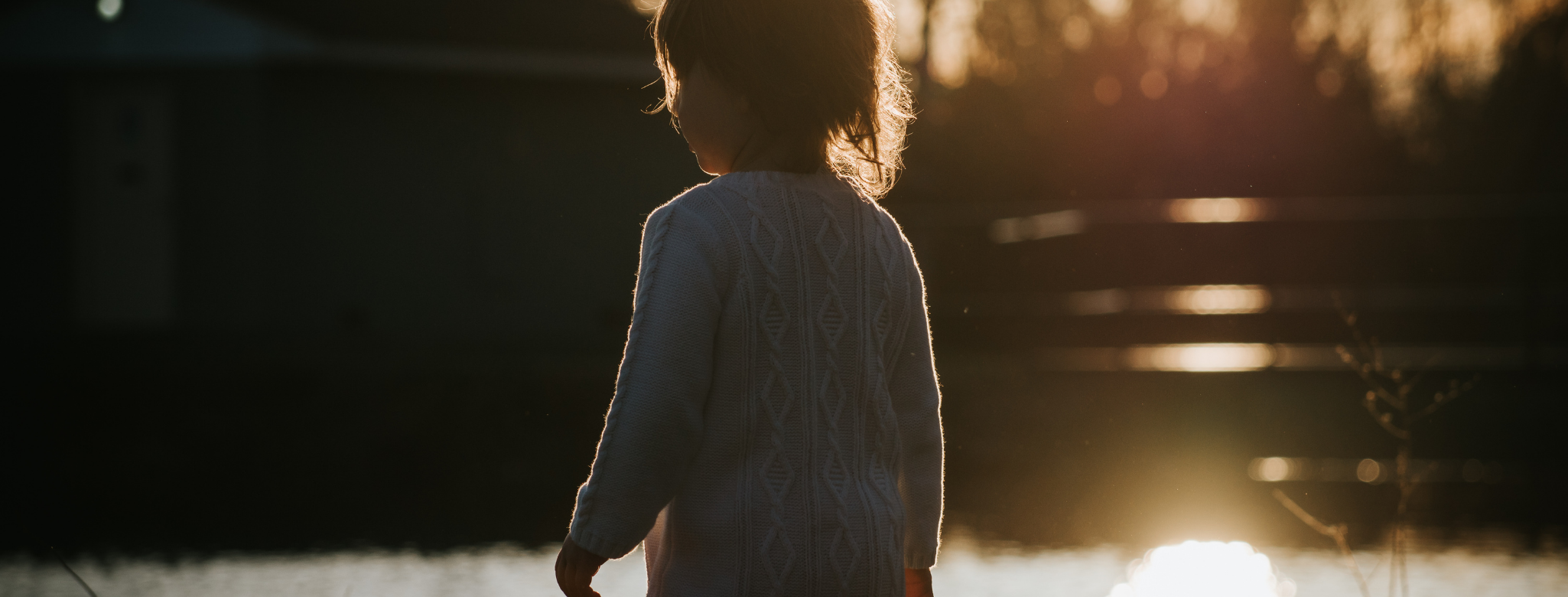
Water safety authorities including Life Saving Victoria (LSV) and Kidsafe Victoria are calling for active supervision of children at pools, beaches and inland waterways following five toddler drowning deaths in Victoria in two months.
Most recently, a two-year-old drowned after falling off a pier in Portarlington near Geelong on Thursday 3rd September. According to the Coroner’s Prevention Unit, there have now been five drownings of children aged 0-2 years over the past seven weeks in Victoria. These include two drownings in home environments and two that have occurred in inland waterways such as dams.
LSV’s Principal Research Associate Dr Bernadette Matthews said the drownings were a sad reminder of the need to play it safe by the water, especially after a period in which many Victorian families have had fewer experiences around water during restrictions.
“Our thoughts go out to all of the families and friends following these tragic incidents,” Dr Matthews said.
“The time it takes for a toddler to drown is devastatingly short – 20 seconds is all it takes.”
“This Spring, we urge all parents and guardians to always keep children under 5 within arm’s reach when around water and children under 10 should always be within sight.”
The drownings incidents bring the total number of reported drowning deaths in Victoria for the financial year to 12, this is nine more than the five-year average for the same time period (1 July 2015 to 4 September 2019).
Kidsafe Victoria General Manager Jason Chambers highlighted the range of potential drowning hazards that exist in public and home environments, particularly for toddlers.
“Toddlers can drown in as little as a few centimetres of water. They are particularly at risk because they are mobile and curious, but don’t yet understand the danger that water can pose.”
“As well as larger bodies of water such as pools, spas and dams, other potential drowning hazards include baths, ponds, eskies with melted ice and buckets of water.”
For more information on water safety for children, please click here.

